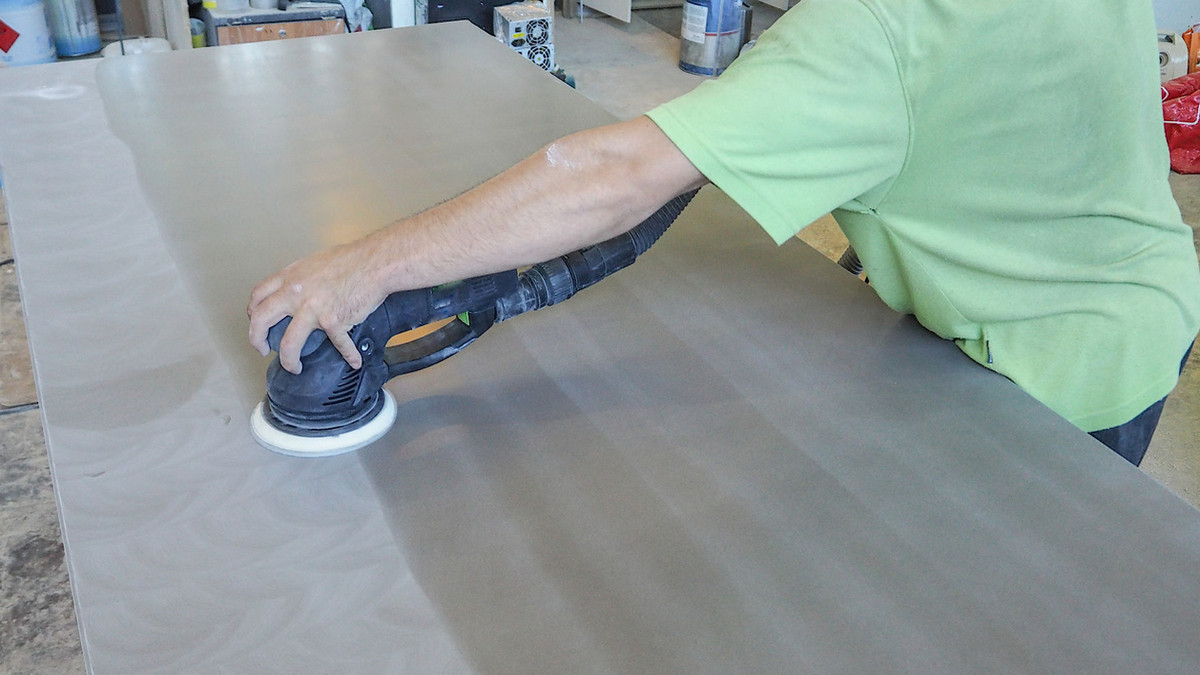A hammer is one of the most commonly used hand tools. Around the home, if something isn’t working, just give it a few whacks with a hammer and that will take care of it! Kidding aside, the hammer is the most often used hand tool, as it can be used to do multiple jobs around the house like assembling and repairing furniture, driving nails to hang pictures and artwork, or in the garden for securing stakes plants or assembling small structures, etc. Professionals such as carpenters and construction workers depend on hammers to do various tasks like framing, nailing, and assembling wooden structures, roofing, and general building. Blacksmiths use hammers to shape and forge hot metal into desired forms. Masons use hammers for tasks like chiseling, breaking stones, and setting bricks or blocks in place. Auto mechanic and metalworker use hammers for tasks like shaping metal, removing dents, or disassembling parts. And the list goes on.
History
The history of hammers dates back to ancient times, where early humans used simple stone tools for pounding. Over centuries, metalworking advancements led to the creation of more refined hammers. The industrial revolution saw mass production, diversification of designs, and the introduction of specialized hammers for various tasks, shaping the versatile tool we know today.
The Right Hammer for the Right Job
Claw Hammer: When people think of a hammer, they most often think of a claw hammer. The claw hammer has a flat striking surface for driving nails, and a curved “claw” on the opposite end for pulling them out or straightening them with ease.
Ball Peen Hammer: With a flat face on one side and a rounded peen on the other, ball peen hammers are frequently used for shaping and forming metal. They are particularly useful for riveting applications to create a secure and flattened connection. Blacksmiths often use ball peen hammers for shaping hot metal on an anvil, and the peen side for creating textures or patterns on the metal surface.
Sledgehammer: The powerhouse of the group – the sledgehammer. With a heavy head and long handle, is used for demolishing structures, driving stakes, or making a grand entrance. (Just kidding about the last one, but you never know where they may come in handy.)
Rubber Mallet: The gentle one in the hammer family, the rubber mallet is ideal for delicate tasks like installing flooring without causing damage, or tapping in furniture joints without damaging the finish. It is a very handy tool for knocking ice built up on the inside of a freezer, but use it gently.
Hammer Heads - Material Matters
The modern hammer head is typically made of steel which has been heat treated for hardness. They are forged from high-quality steel, and shaped with precision dies to achieve the desired form. Through heat treatment, hammers are subjected to extreme temperatures, followed by rapid cooling to enhance hardness. Case hardening creates a tough outer layer, preventing wear and tear.
Handles
Handles come in various materials, including wood, fiberglass, and steel.
Wooden handles offer a classic feel, absorb shock and provide a comfortable grip, but they may not stand up to heavy-duty tasks as well as steel or fiberglass. There are also safety issues with wooden handles if the head becomes loose on the shaft.
Fiberglass handles on the other hand, combine strength with a lightweight feel. They are durable, lightweight, reduce vibration, and offer unparalleled durability and resistance to weathering.
Steel handles, often found in sledgehammers, bring the heavyweight punch needed for heavy-duty tasks. Some downsides are that steel transmits shock and vibration. It is also a good conductor of heat, making it unsuitable for contact with bare skin in cold conditions. Modern hammers with steel shafts almost always have a rubber or plastic covering to improve grip, dampen vibration, and provide thermal insulation.
Swinging Into Action
The key to getting the desired balance between power and control is in both the grip and the swing. Holding the hammer near the end of the handle will give a longer swing and more power, while holding the handle closer to the head will give finer control. A smooth longer swing will give more power with better control than a short forceful swing.
Taiwan's Hammer Industry
Taiwan is known for its manufacturing capabilities and has a strong reputation for producing high-quality tools including hammers. Taiwan is home to several reputable hammer manufacturers in the hardware and hand tools industry. Taiwan is a reliable source for tools, and buyers will find products from Taiwanese manufacturers to be of high quality.






.png)







